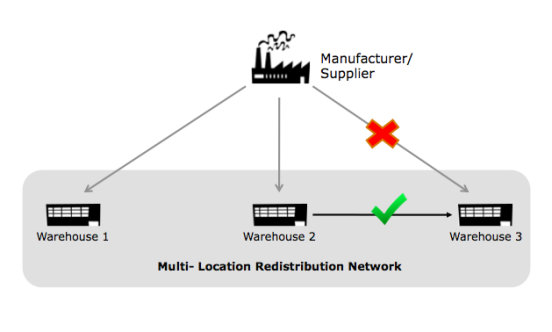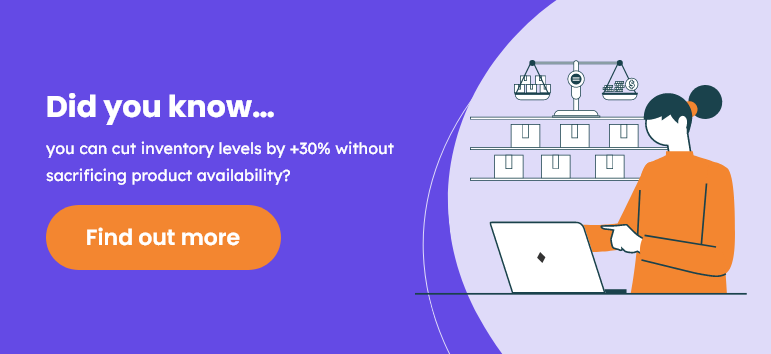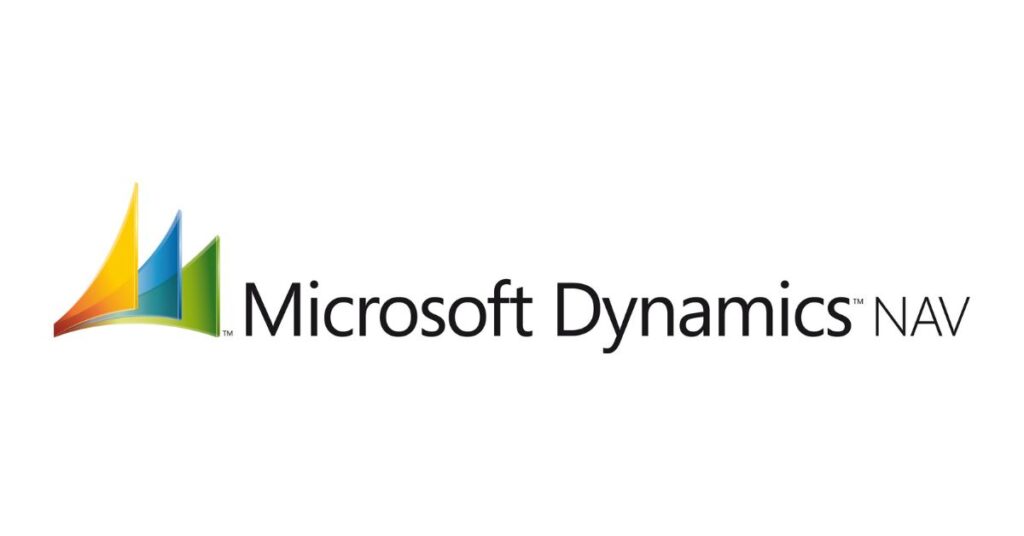SAP Business One Strengths and Weaknesses
At its core, SAP Business One is a high powered accounting solution designed to help a wide array of businesses manage their day-to-day operations. The industry segments that most frequently use SAP Business One include; consumer products, industrial machinery and components, retail and wholesale distribution. If you fall into one of these industry classifications and are a small- or mid-sized business, then SAP Business One is likely a good fit for your business.
Compared to most other ERP systems, there are a few core features that we believe set SAP Business One apart from the competition. SAP Business One offers a mobile application for remote access to the system’s accounting data, which is great for financial managers or procurement managers while they are on the go or away from their desk, enabling faster reactionary decision making.
Also, SAP Business One is traditionally deployed as an on premise solution, however they do offer a cloud-based solution that can be launched much quicker and for less investment compared to other fully on premise ERP systems. For the purposes of this blog we are going to analyze the strengths and gaps of SAP Business One for Wholesale Distributors and Manufacturers.
Wholesale distribution on SAP Business One:
Business One for distribution is designed to help businesses meet customer and supplier demand more easily and with less disruptions in the supply chain. SAP Business One promotes feature sets that improve a distributor’s demand planning of inventory and supply chain management, and the system supports tightly integrated processes to achieve heightened operational performance.
Below are 5 ways SAP Business One supports wholesale distributors:
- End-to-end supply chain visibility – Get full visibility into your business, including accounts, inventory, sales order processing, invoicing, and deliveries.
- Supply chain and supplier management – Streamline your supply chain processes, and build and manage your supplier network.
- Chargeback management – Increase profitability with smarter, more efficient chargeback management.
- Ordering and order processing – Improve the overall customer experience with multi-channel ordering and fast order processing.
- Reporting – Create fast, accurate reports on inbound and outbound shipments, inventory, and item locations.
At a glance, SAP Business One is a powerful tool for distributors that need increased visibility into the comings and goings of their inventory.
Industrial machinery and component manufacturing on SAP Business One
SAP Business One for industrial machinery manufacturing is designed to help businesses create a leaner manufacturing environment while also ensuring inventory availability is high to meet customer demand. The system is designed to reduce supply chain costs, accelerate cycle-times, and minimize scrap, waste and production rework to help their customers squeeze the most out of their already narrow profit margins.
Below are 6 ways SAP Business One supports manufacturers:
- End-to-end business management – Users have access to a comprehensive view of their business processes, including accounting, production, sales and marketing.
 Goods distribution – Users can minimize on-hand stock levels by dispatching finished goods to distributors and end-customers.
Goods distribution – Users can minimize on-hand stock levels by dispatching finished goods to distributors and end-customers.- Production planning – Users can manage their end to end production processes.
- Supplier control – Users can manage supplier visibility and control supplier information from component purchasing to stock management.
- Inventory management – Users are able to view and report on industrial component supplies that are in production or finished goods.
- Order information – Users have visibility into sales activity, orders, pricing, and product availability in the stocking locations or warehouses.
However, like most ERP’s, SAP Business One cannot master everything with perfection. There are still gaps when it comes to fully optimizing cost reduction and inventory availability for both distributors and manufacturers.
Is SAP Business One enough to fully optimize the supply chain?
SAP Business One is a powerful tool for distributors and manufacturers looking to gain better control over their supply chain processes. Unfortunately, inventory control techniques are not always forward looking or forward thinking systems. Most businesses find themselves in a reactive mode trying to “fix” problems as they come up within the supply chain.
As stated before, SAP Business One provides strong support to day-to-day operational needs, however it’s still missing the forward looking business intelligence to push already lean operations to the next level.
Here are 3 ways ERP add-on systems (specifically, inventory optimization solutions) can help SAP Business One users achieve higher levels of performance and profitability:
1. Multi-location inventory redistribution:
SAP Business One can help a business standardize processes across all their locations, however optimization is needed to help create a network of redistribution to reduce dependency on the supplier network. Redistribution helps eliminate wasteful excess stock or material from building up on sites that have no production demand. Inventory can be dynamically sent between storage locations to offset capital tied up in inventory. Over the long run, redistribution leads to strong bottom line results for distributors and it is not an “out of the box” offering for SAP Business One.
 2. Advanced inventory forecasting:
2. Advanced inventory forecasting:
When it comes to sales and promotion management, SAP Business One has a multi-channel management approach: their system will track sales, orders, pricing and availability. The past and present are covered, but the future is left uncertain without intelligent demand forecasting reports to advise more intelligent replenishment and ordering practices.
With optimization solutions, product life cycles are continuously monitored to track customer demand grow and decline. SAP Business One users often find themselves with too much or too little inventory. Without demand forecasting capabilities to analyze a product portfolio’s life cycle stages, a business is left carrying a lot of risk in their supply chain.
3. Intelligent forecast driven purchasing:
SAP Business One is a great tool for building and tracking supplier data, however most businesses still struggle with forced supplier Min/Max order quantities. Additionally, SAP is often set up to automatically reorder material even if demand does not dictate a purchase. These two approaches open the door to large increases in carrying costs due to excess stock piling up in stocking locations.
On the flip side, faster moving, higher demand products run the risk of shortfall because proper safety stock levels are not in place to support exception management.Optimization software analyzes supplier data and benchmarks a business’ on-hand inventory with what forecasted demand is actually requiring. Additionally, optimization solutions support smarter safety stock management practices to help bring demand and ordering in line. Gone are the days of guess work reordering or Excel-based procurement calculations.
Conclusion
SAP Business One is a considerably and powerful ERP system that offers most of the functionality that small- and mid-sized wholesale distributors & manufacturers require. For distributors, it enables to better serve the customers’ and suppliers’ demand as well as for manufacturers it can lead to leaner manufacturing processes. However, it’s perspective is more focused on the day-to-day operational business and not on more far-reaching time frames and long-term planning.









